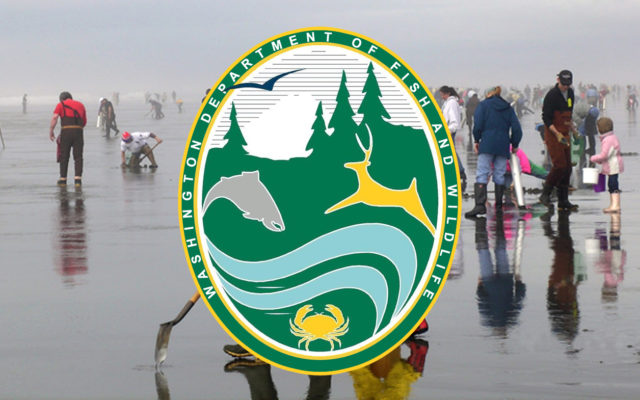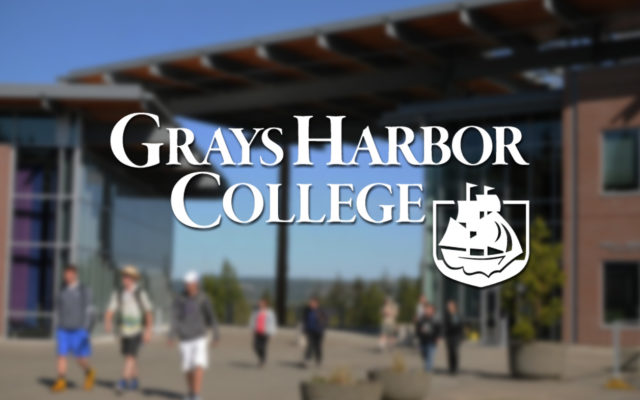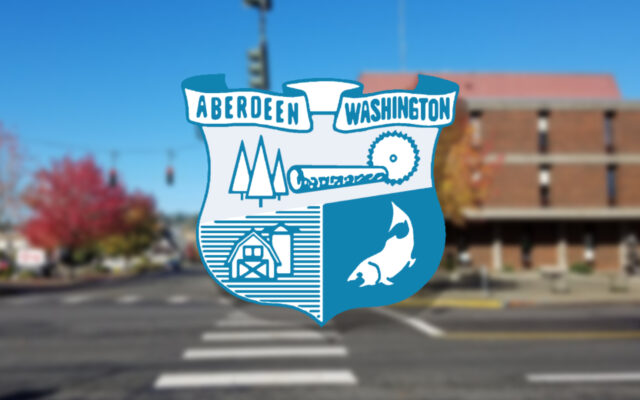Domoic acid levels still high; limited time available for spring 2021 razor clam openings

Once again, marine toxin tests on local beaches have brought domoic acid levels above the limit that would allow razor clam digging, and time is running out on spring openings.
While crab off the Washington coast have dropped their toxin levels, the sand-dwelling shellfish are not having the same luck.
The Washington State Department of Fish & Wildlife released their latest test results, and the only local beach with levels within the allowable range is Mocrocks. This however follows the prior results that showed high levels of the marine toxin, thus preventing an opening in the near future.
Before a beach can be opened for the harvest of razor clams, WDOH protocol requires that all razor clam samples collected from that beach must test under the action level (20 ppm for domoic acid; 80 µg/100g for PSP; and 16 µg/100g for DSP) on both of two required sample collections, that must be spaced 7 to 10 days apart. The results must also show a declining trend between samples.
The test results just released saw Long Beach with the highest levels at 31 ppm, while Twin Harbors included levels at 28 ppm, Copalis at 21 ppm, and Mocrocks at 20 ppm at one area of the beach.
Shellfish managers say that they were getting excited about a possible opening at Twin Harbors and collected clams from the required three areas on 4/22.
However, no future razor clam dates can be announced until domoic acid levels in razor clams drop below the action level in two sets of consecutive tests, at least 7 days apart.
We will be collecting samples every seven days (as low tides allow) with the hope that some beach may be able to open soon.
They remind residents that they will not be looking for harvest opportunities after May 31 to provide populations the summer to spawn and then recover from spawning, ensuring the future of this important resource.
“As we have been saying, re-opening this fishery after a long domoic acid closure has always been frustrating. continue to follow the historical pattern of slowly depurating (losing) domoic acid and for the last several months we have observed the levels “bounce around” considerably. As we have previous described, this is a result the individual 12 clams we randomly harvest when we are collecting samples. However, the report above shows some nice declines on all beaches.”
In all these samples; only razor clam meat tissue is tested.
Long Beach Area E (north): Collected 4/21/21
-
- domoic acid = 31 ppm
- PSP = none detected
- DSP = none detected
Twin Harbors Area XH (middle): Collected 4/22/21
-
- domoic acid = 26 ppm
- PSP = none detected
- DSP = none detected
Twin Harbors Area CL (middle): Collected 4/22/21
-
- domoic acid = 28 ppm
- PSP = none detected
- DSP = none detected
Twin Harbors Area G (middle): Collected 4/22/21
-
- domoic acid = 11 ppm
- PSP = none detected
- DSP = none detected
Copalis Area XK (middle): Collected 4/26/21
-
- domoic acid = 21 ppm
- PSP = none detected
- DSP = none detected
Copalis Area XL (middle): Collected 4/26/21
-
- domoic acid = 21 ppm
- PSP = none detected
- DSP = none detected
Copalis Area GS (north): Collected 4/26/21
-
- domoic acid = 15 ppm
- PSP = none detected
- DSP = none detected
Mocrocks Area BC (south): Collected 4/26/21
-
- domoic acid = 20 ppm
- PSP = none detected
- DSP = none detected
Mocrocks Area CP (middle): Collected 4/26/21
-
- domoic acid = 11 ppm
- PSP = none detected
- DSP = none detected
Mocrocks Area MP (north): Collected 4/26/21
-
- domoic acid = 12 ppm
- PSP = none detected
- DSP = none detected
These results and the historical record of domoic acid events can be found at: https://wdfw.wa.gov/fishing/basics/domoic-acid/levels (click on “show historical data”) and then hover your curser over the data points for more detail).
Along with sampling collecting razor clams regularly, WDFW together with our colleagues in the ORHAB (Olympic Region Harmful Algal Bloom) partnership continue on-going observations of the surf zone phytoplankton assemblages.
You Might Also Like



